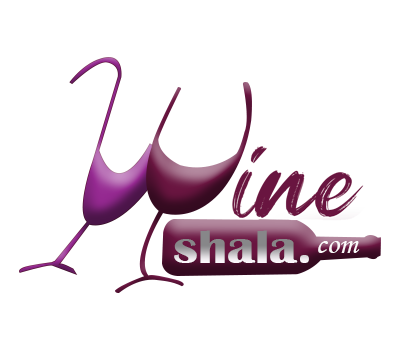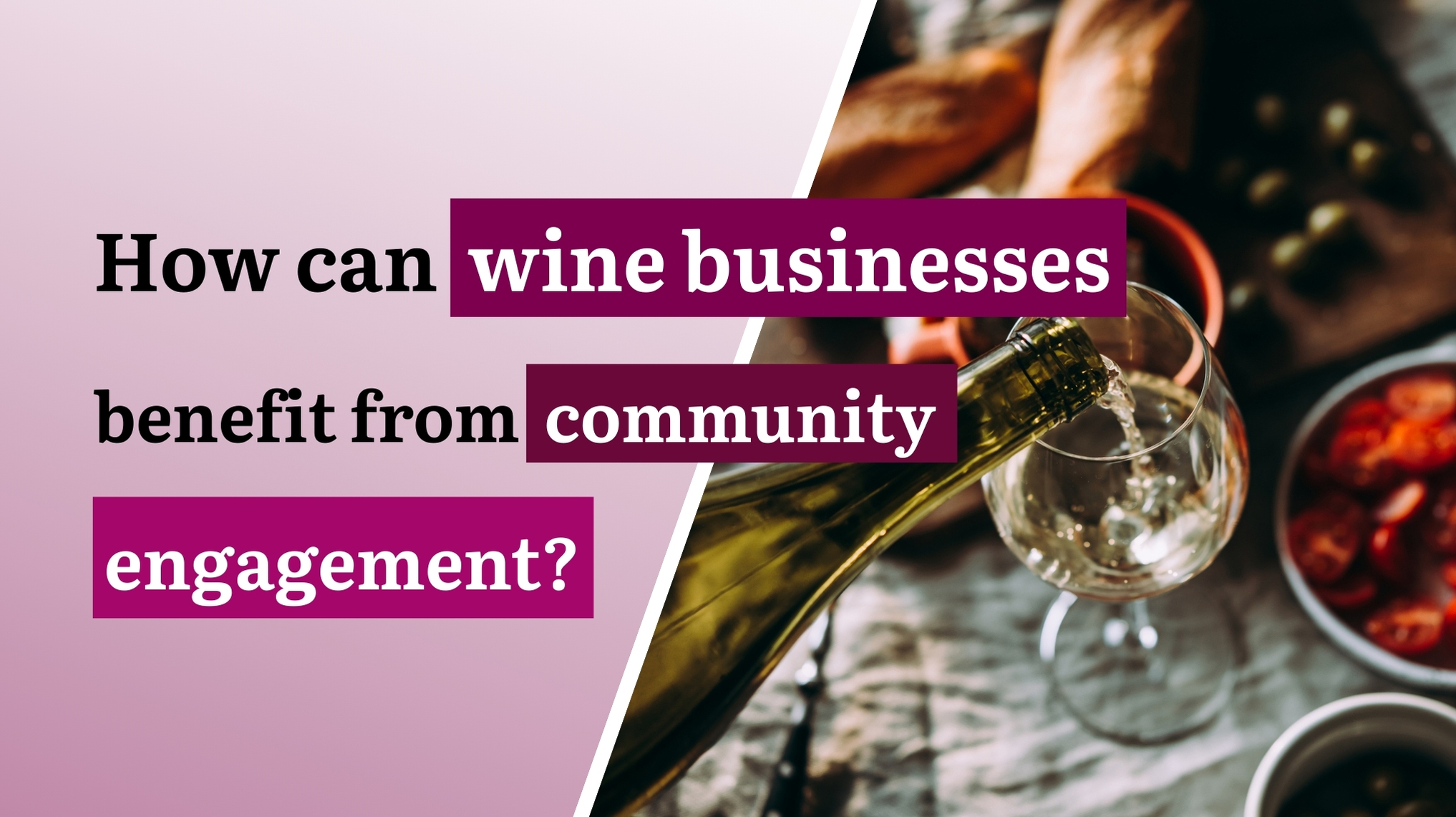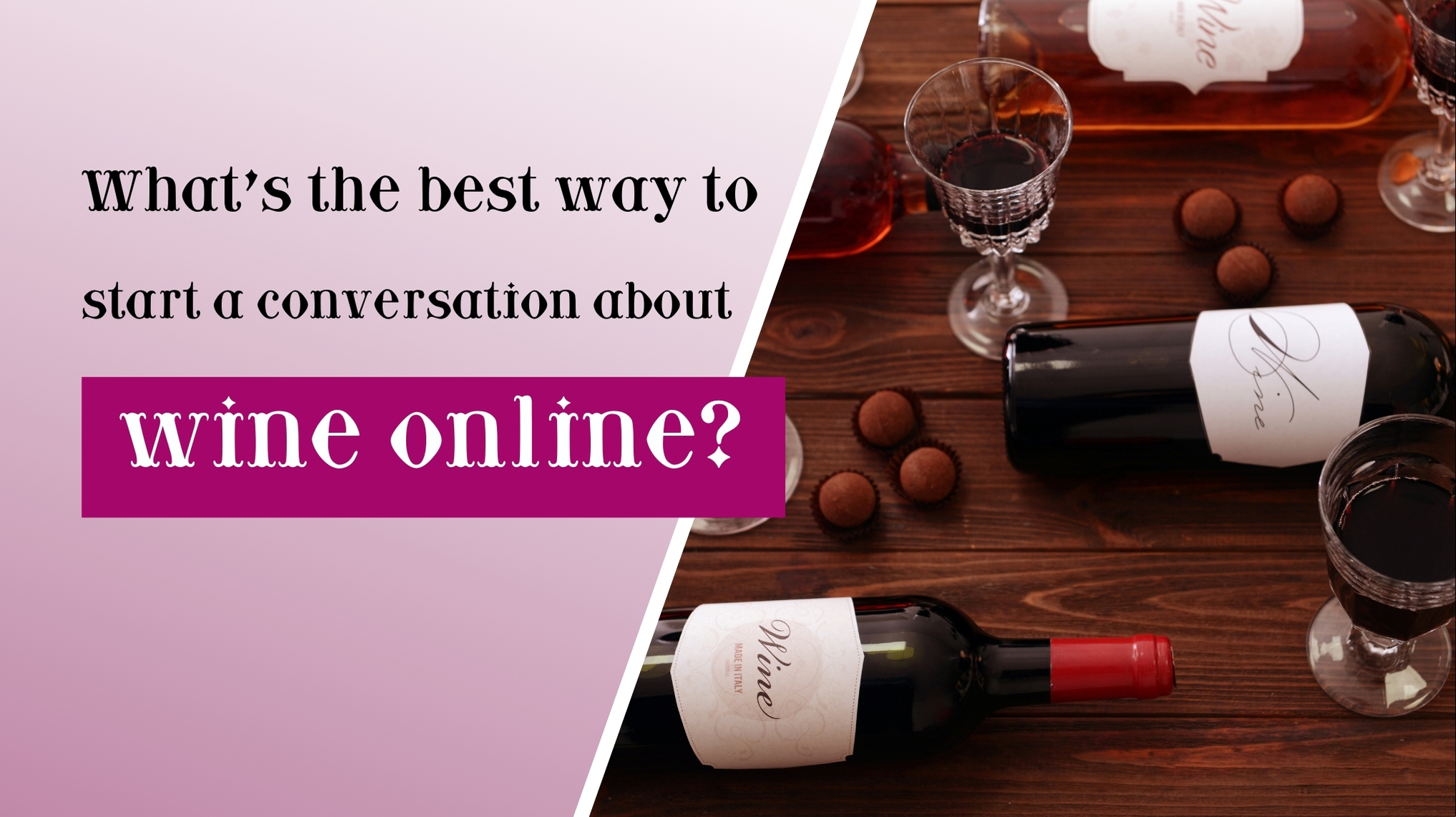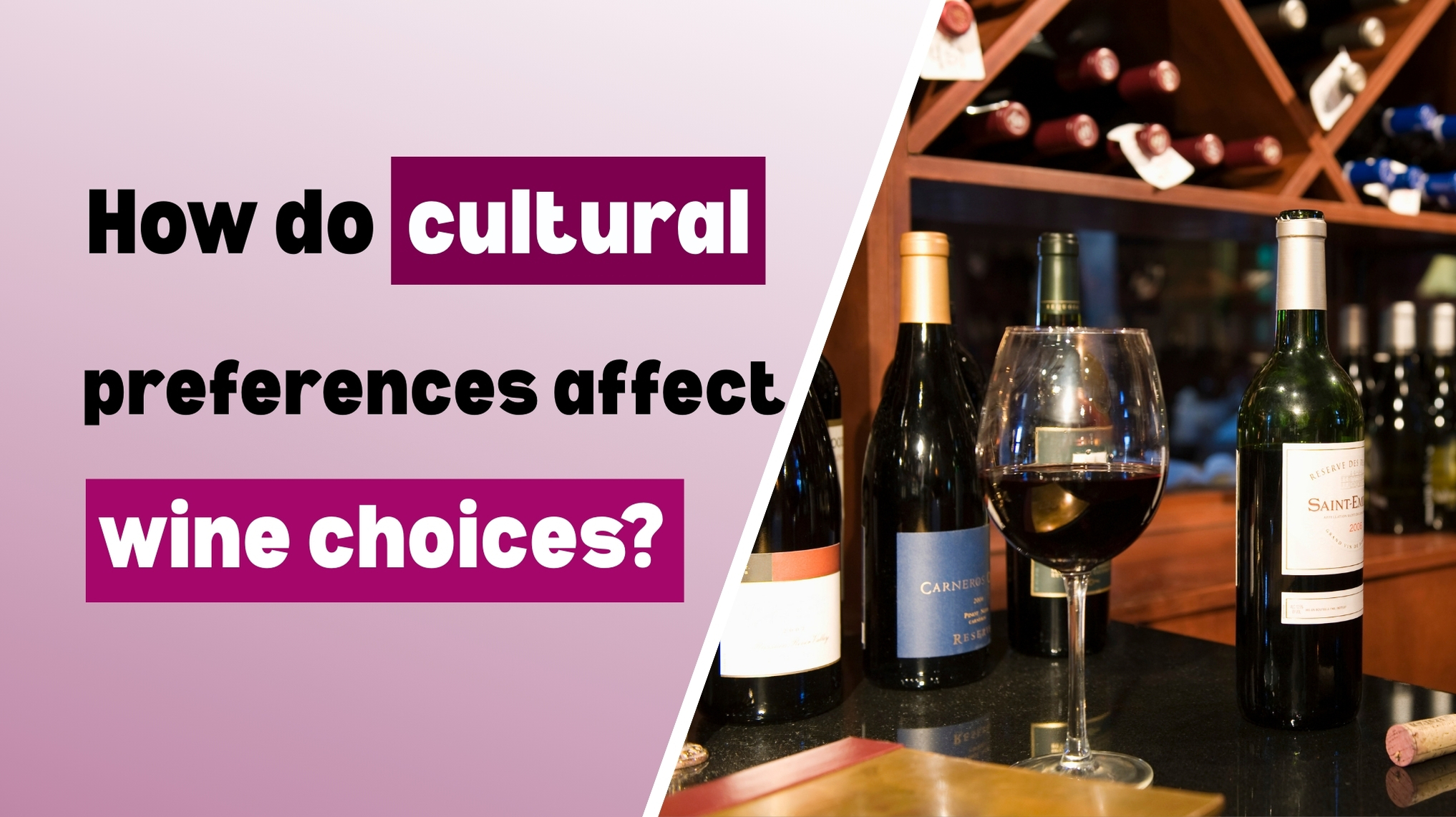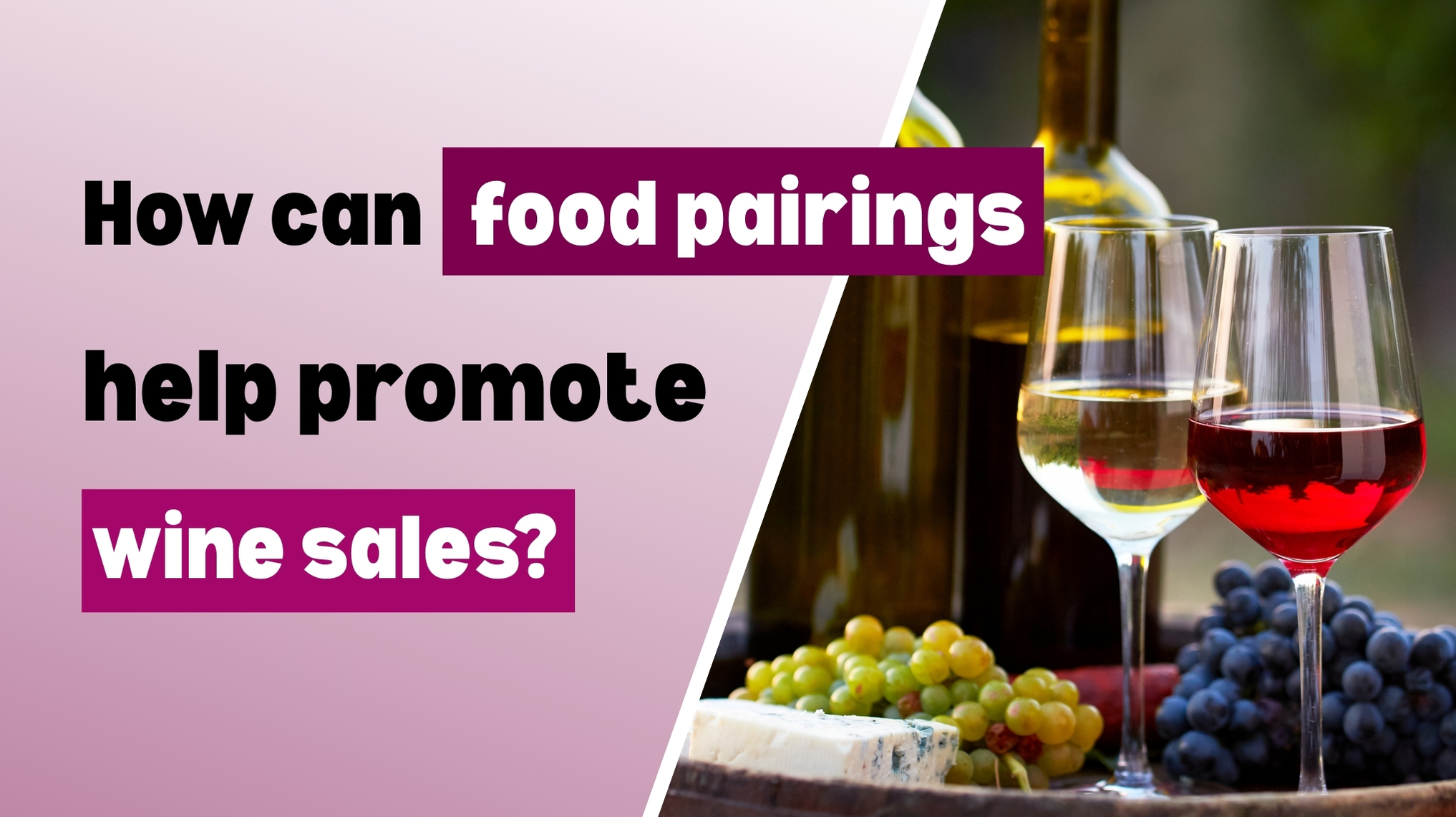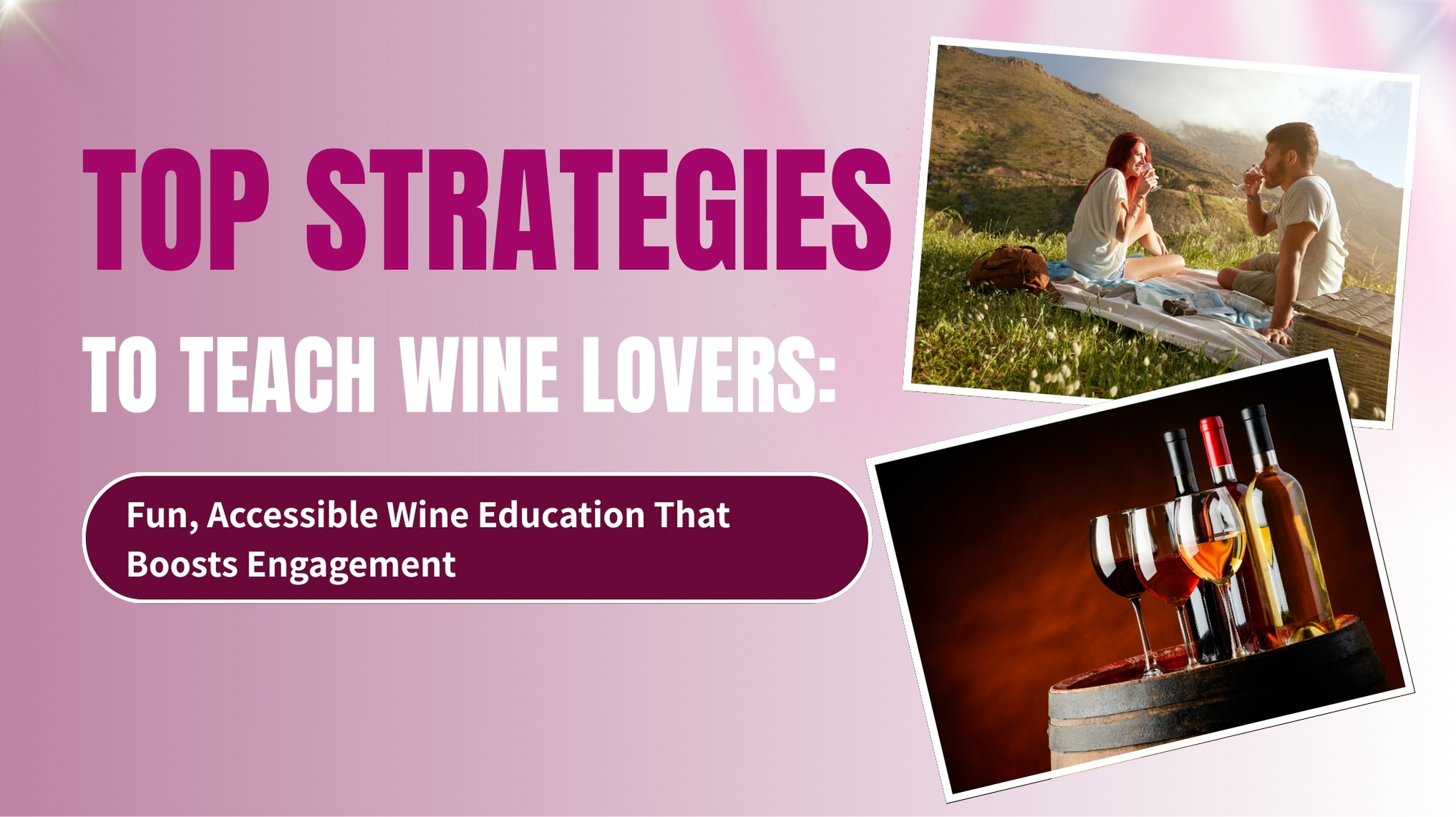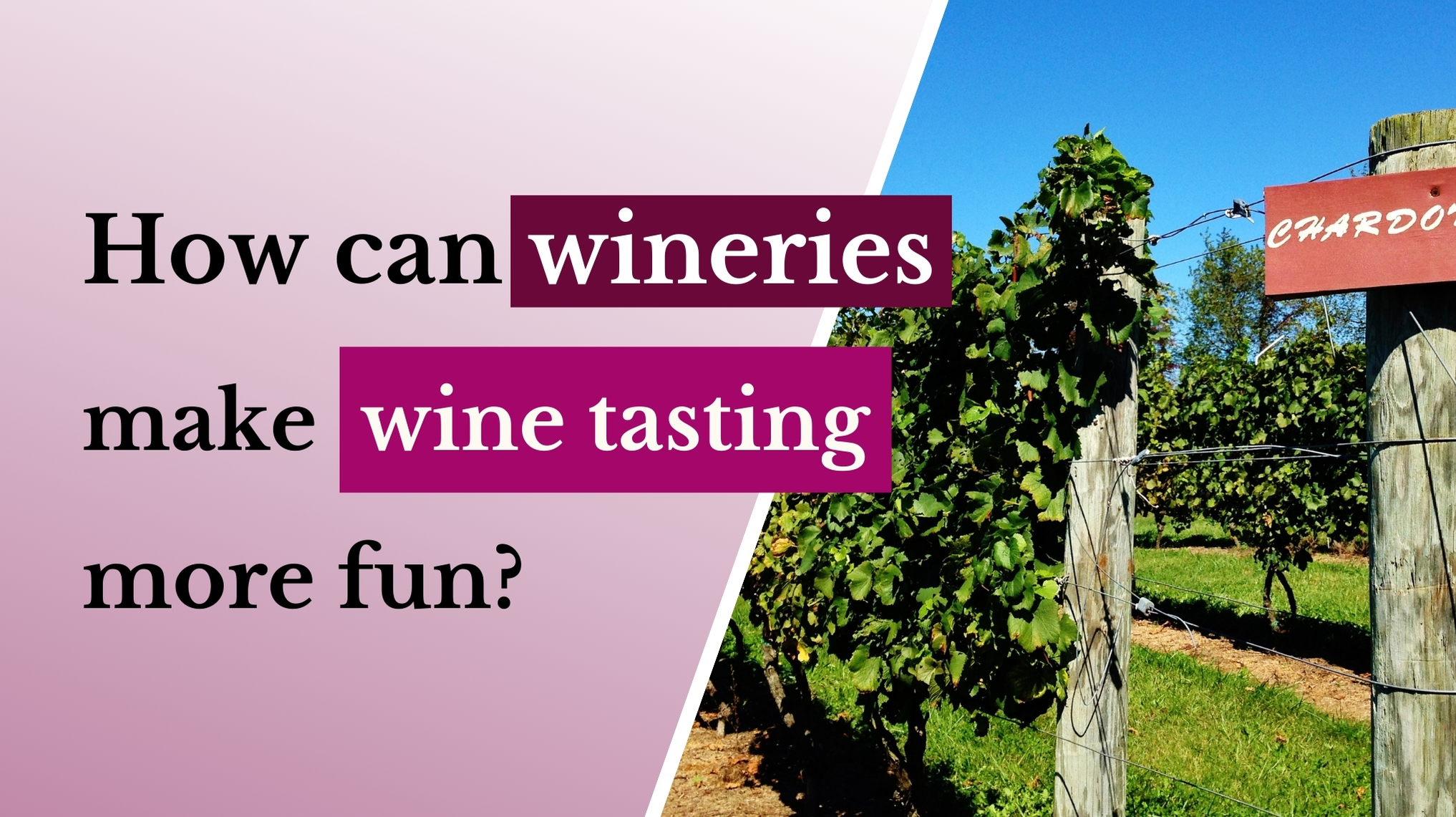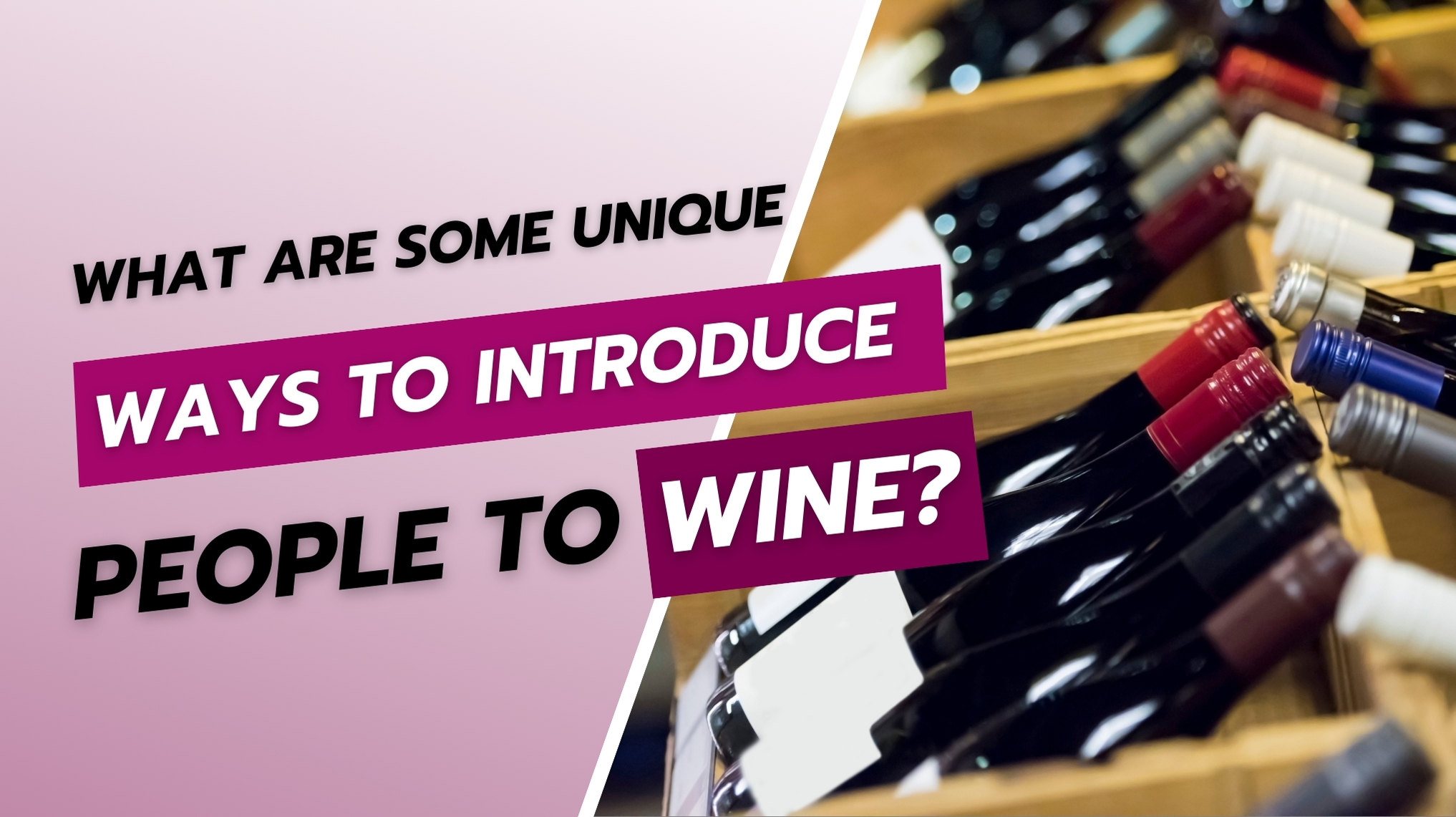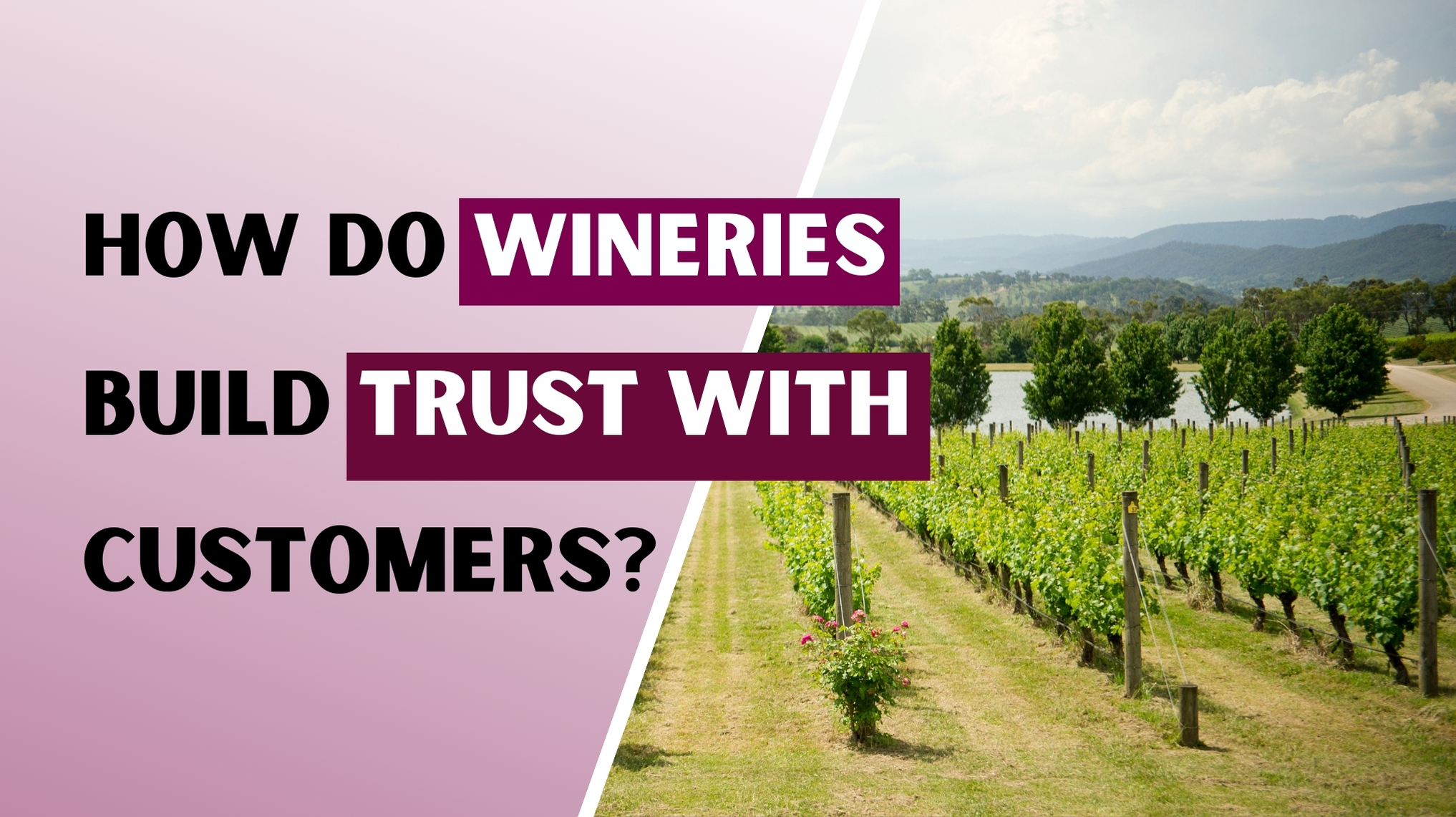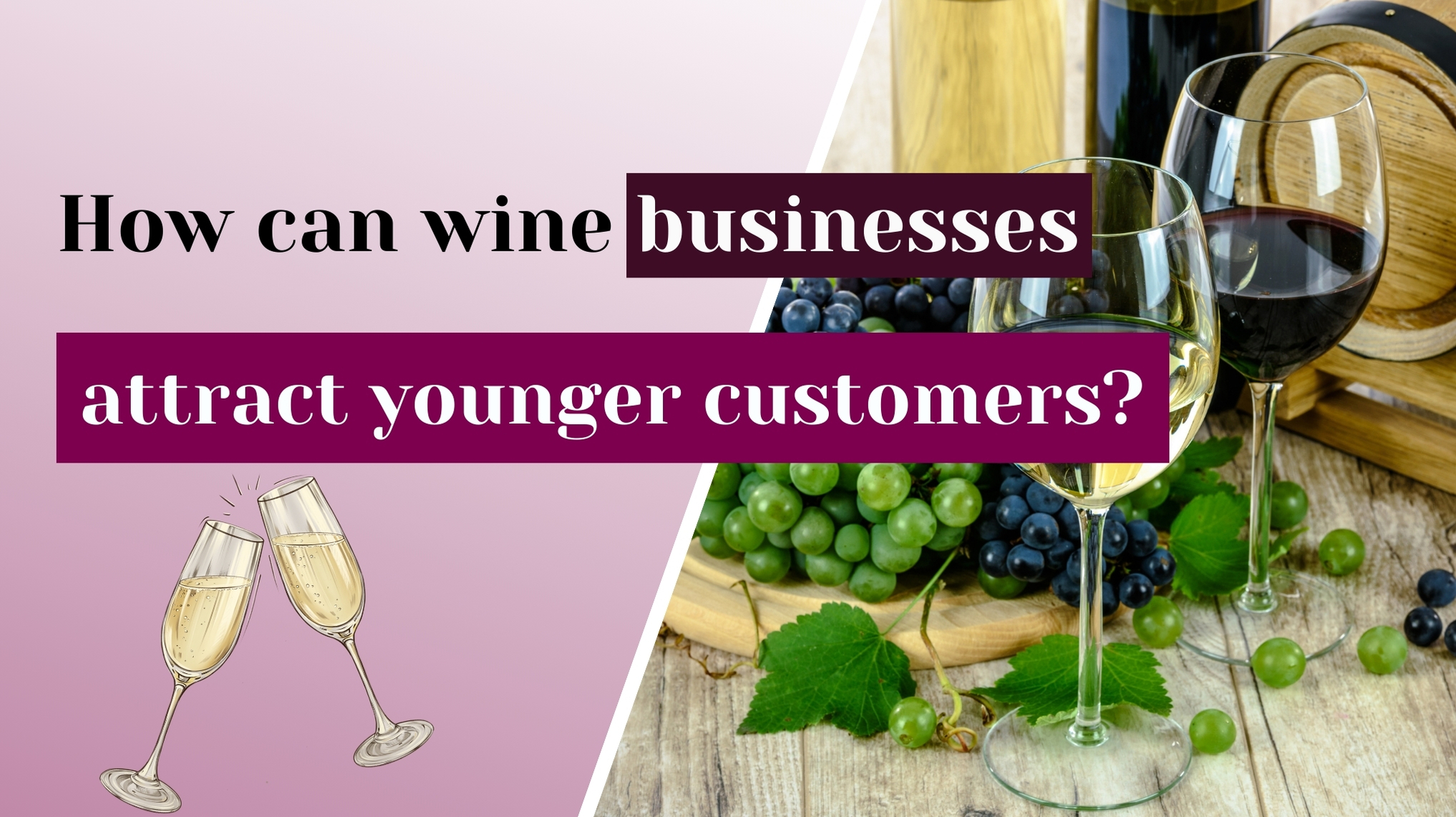Role of Wine Education in Attracting New Buyers
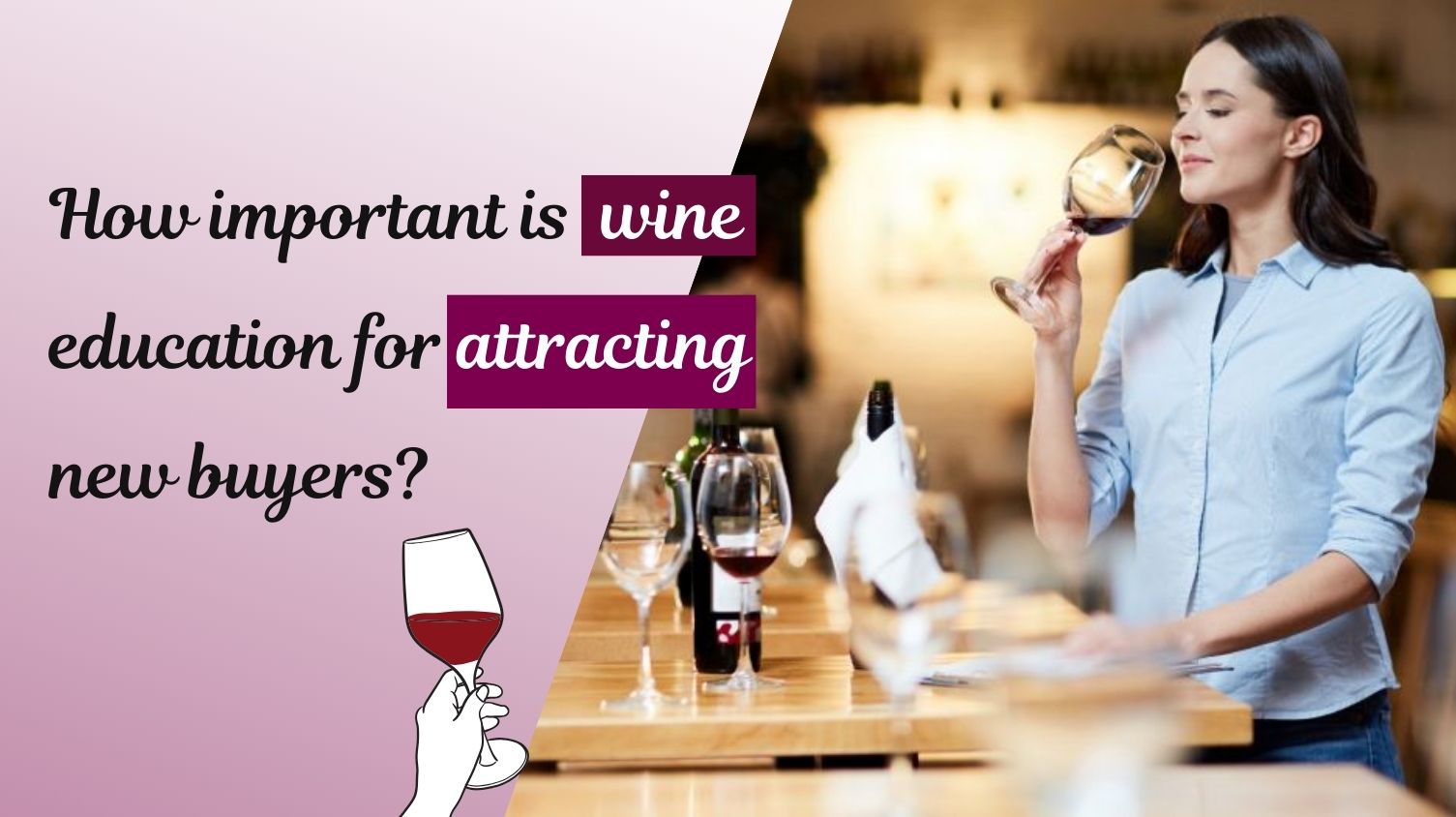
The Vital Role of Wine Education in Attracting New Buyers
In today's dynamic wine industry, educating consumers has become a pivotal strategy for engaging and expanding the customer base. As the market evolves, understanding the nuances of wine not only enriches the consumer experience but also fosters loyalty and drives sales. This article delves into the significance of wine education and how it serves as a magnet for new buyers.
Understanding the Modern Wine Consumer
The contemporary wine market is witnessing a shift in consumer demographics. Younger generations, particularly Millennials and Gen Z, are emerging as influential buyers. These consumers are characterized by their curiosity and desire for authentic experiences. They seek to understand the stories behind the products they purchase, including the origin, production methods, and the people involved. This quest for knowledge presents a unique opportunity for the wine industry to engage potential buyers through targeted education initiatives.
The Impact of Wine Education on Consumer Behavior
Educated consumers tend to make more confident purchasing decisions. When individuals comprehend the different wine varieties, regions, and pairing principles, they are more likely to explore and invest in diverse options. A study by the Wine & Spirit Education Trust (WSET) highlighted that better-educated wine consumers often become higher-value customers for the trade. This indicates that wine education not only enhances the consumer experience but also contributes positively to the industry's economic landscape.
Building Trust and Loyalty Through Education
Transparency and authenticity are highly valued by today's consumers. By providing educational content, wineries and retailers can demystify the complexities of wine, making it more accessible. This approach helps in building trust and establishing long-term relationships with customers. For instance, offering insights into sustainable practices or the unique characteristics of lesser-known grape varieties can resonate with environmentally conscious buyers.
Innovative Approaches to Wine Education
The digital era has revolutionized the way consumers access information. Virtual tastings, interactive webinars, and online courses have become popular tools for wine education. These platforms not only provide convenience but also create engaging experiences that can attract a broader audience. Additionally, collaborations with social media influencers and leveraging user-generated content can amplify educational efforts, reaching potential buyers in a relatable manner.
Case Studies: Successful Wine Education Initiatives
Several wineries and organizations have successfully implemented educational programs to attract new buyers. For example, the Wine & Spirit Education Trust (WSET) offers structured courses that have educated thousands of enthusiasts and professionals worldwide. Their programs have been instrumental in enhancing consumer knowledge and appreciation of wine. Another notable example is the collaboration between Adelita Wine Bar and Unovino, which introduced a 'remote cellar door' experience. This initiative allowed patrons to engage in guided tastings and learn about wines directly from producers, enhancing their understanding and interest in various wine selections.
Challenges and Considerations
While the benefits of wine education are evident, implementing effective programs requires careful planning. It's essential to tailor content to different audience segments, considering varying levels of prior knowledge and interest. Additionally, balancing educational efforts with marketing objectives is crucial to maintain authenticity and avoid overt commercialization.
